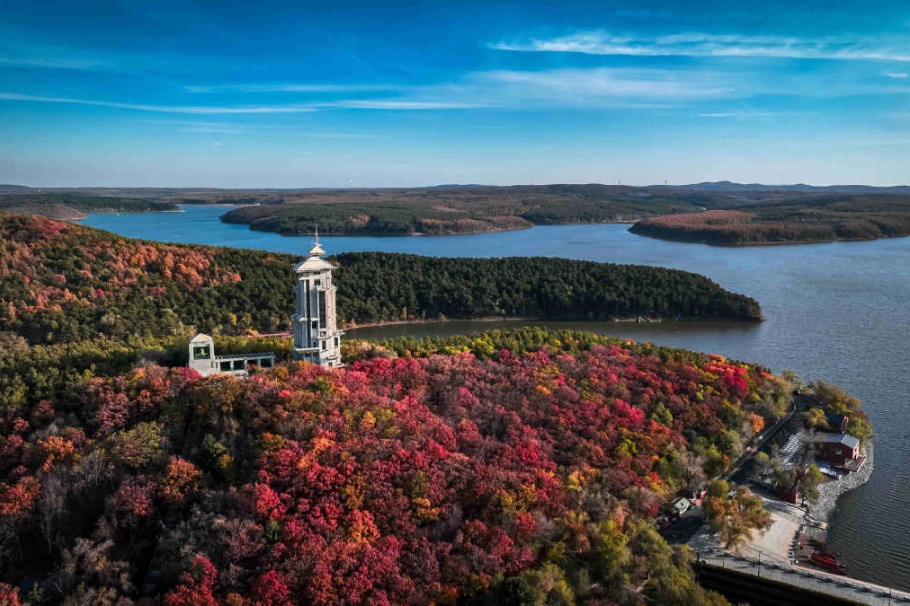Performing 'physical checkup'on the highland glacier

When Kang Shichang arrived at the foot of Mount Qomolangma on the China-Nepal border for the first time 25 years ago, he immediately became fascinated with glaciers.
From a doctoral student at the former Lanzhou Institute of Glaciology and Geocryology, Chinese Academy of Sciences, to deputy head of the Northwest Institute of Eco-Environment and Resources, CAS,Kang has visited the world's highest peak 11 times, studying the past, present and future of glaciers.
This time, he and his team members have started a "physical checkup" of the East Rongbuk glacier at 6,350 meters above sea level on Mount Qomolangma.
The checkup will provide firsthand data for the study of glacier changes on Qomolangma, ranging from visible glacier changes to high precision 3D laser scanning at the millimeter level, as well as more microscopic scientific observations.
"Studying glaciers has always been my interest," says Kang.
The glacier and pollutant research team led by Kang is part of the scientific research team consisting of more than 270 members in the comprehensive scientific expedition on Mount Qomolangma, which falls within China's second scientific research survey of the Qinghai-Tibet Plateau.
With the most disciplines covered, the most scientific research participants, and the most advanced equipment utilized, the expedition is the largest since the survey of the Qinghai-Tibet Plateau that was launched in 2017.
Covering the high-altitude area from the Mount Qomolangma base camp to the East Rongbuk glacier, Kang's team will spend a month monitoring pollutants, the Rongbuk glacier and ice lake changes, as well as the greenhouse gas emissions from rivers and lakes.
Chen Pengfei, a researcher with the team, says they will utilize a large amount of advanced equipment, such as a drone and a 3D scanner, to observe the changes in the glacier to calculate how much ice has been lost. They will also collect snow and ice samples at high altitudes to monitor air pollutants, especially new substances.
Kang says studying the changes to the glacier aims to clarify the impact of global warming, which is beneficial to mounting a global response to climate change. "Through the study of glacier changes and glacier air pollutants, we can see the impact of global and regional human activities in the Qomolangma area," says Kang.
Xinhua

































